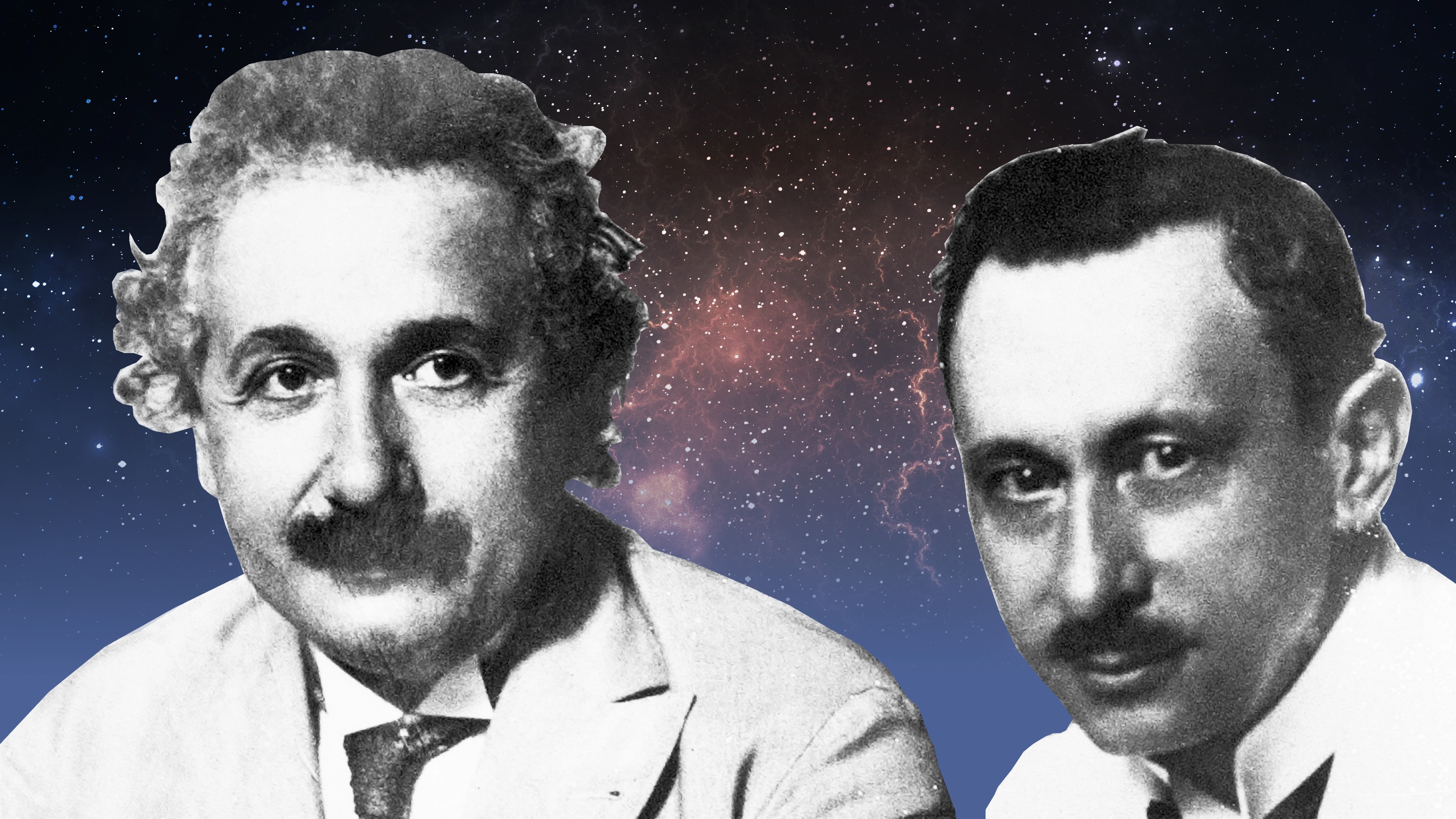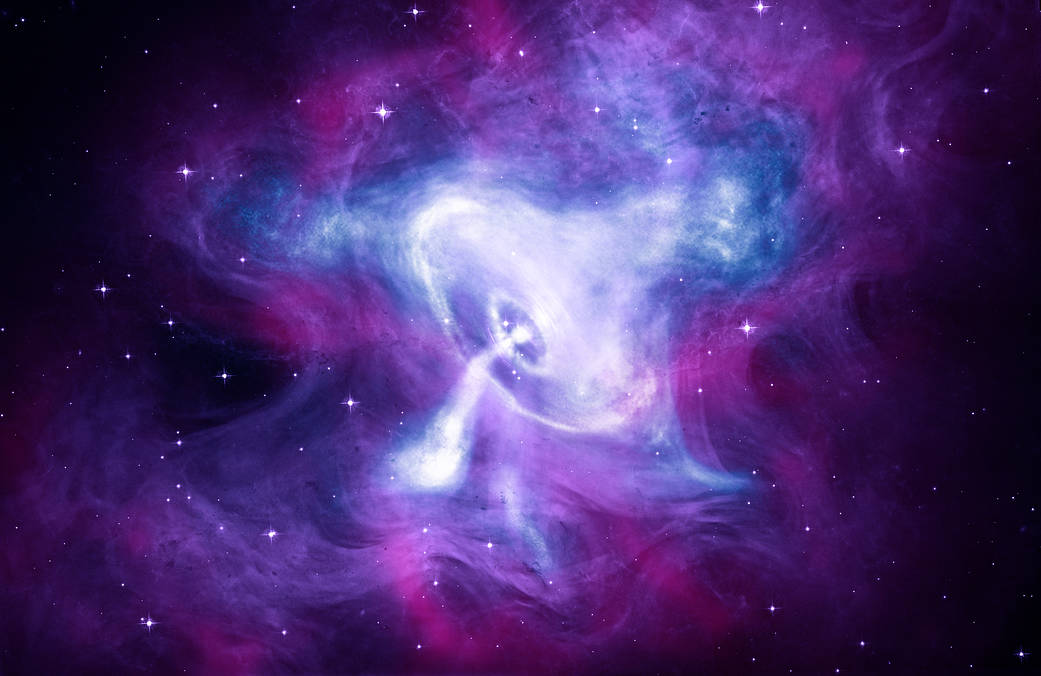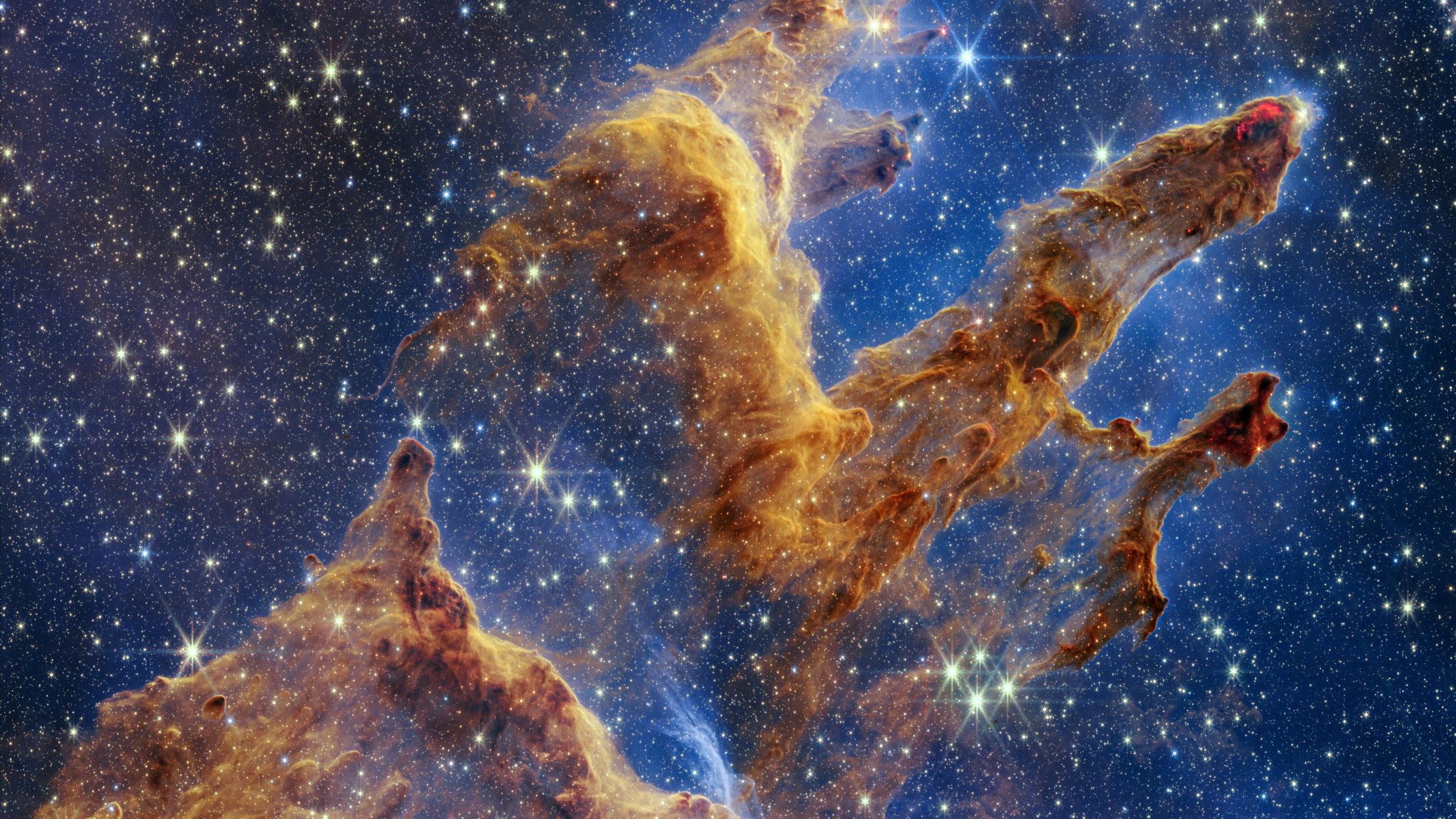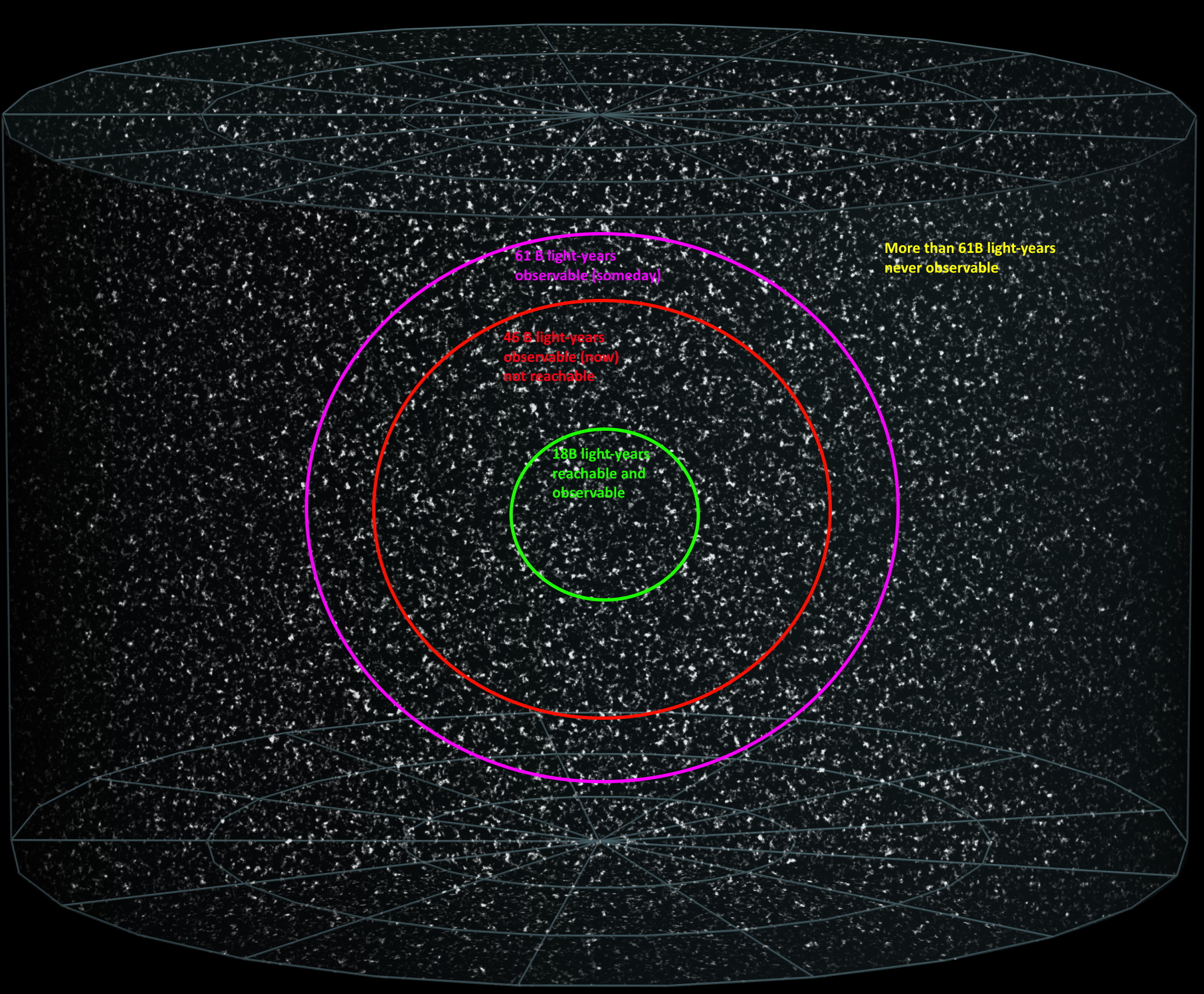How earthquakes helped us map the interior of the Sun

- Earthquakes are frightening to experience, but they are key to understanding our planet. By studying the waves that each quake propagates, seismologists are able to map the Earth’s interior.
- Scientists soon found the same techniques can be applied to the Sun, as well as to other stars.
- Seismology led to helioseismology and then asteroseismology. Astronomers can now read the secrets of even incredibly distant celestial bodies.
The Sun is a giant sphere of plasma. Temperatures at its core exceed 10 million° C, and they drop to about 5,500° C at the surface. Densities at the solar core are also extreme, reaching more than 20 times the density of solid iron. But they too drop dramatically as you rise from core to surface.
These facts by themselves are pretty remarkable, but even more remarkable is how we know them. How can scientists know anything about the Sun’s interior, when the only light we see comes from its surface? The answer to that question comes in the form of what is known as helioseismology.
How earthquakes propagate understanding
Here on Earth, the ground shaking makes for a scary experience, but it also sets the table for essential science. Every quake lets geophysicists see deep into our planet. This vision comes thanks to the powerful waves each earthquake creates. The quake drives waves at one location, and they emerge as tiny tremors at locations far from their source. Using seismographs, geophysicists can record these ground oscillations, data that is then analyzed using the equations of mathematical physics related to wave propagation.
In this way, geophysicists can do two things. First, they can trace the path the waves took though the Earth. Then, working backward from those paths, they can reconstruct the properties of the Earth’s inner layers. The wave paths can be inverted, in a sense, to reveal the structure of those inner layers. This is the science of seismology, and it lets us map the internal structure of our planet. Astronomers began using a similar technique to study the Sun many decades ago, and it launched a revolution in our understanding of stars.
Reading the secrets of the Sun and stars
In the 1960s, telescopes showed that the surface of the Sun oscillated within a distinctive five-minute period. The surface rose, which scientists detected as a Doppler blueshift in its light. This was followed by a Doppler redshift as the Sun’s surface fell again. Eventually astronomers realized these oscillations came from waves propagating inside the Sun. By continuously reflecting around the giant plasma ball, these waves yielded the solar surface oscillations.
With this recognition, astronomers could apply the same techniques to our star that geophysicists apply to our planet, and hence helioseismology was born. That same process of tracking the interior propagation of waves based on what is seen at the surface allowed solar physicists to map the Sun’s interior.
An important part of this story is how helioseismology demands continuous monitoring of the Sun’s surface. The oscillations may cycle in a period of five minutes, but they must be observed without breaks, and over the whole surface at the same time. Yet Earth — and the big telescopes bound to it — spins on its rotational axis every 24 hours. So, how can the Sun be monitored continuously?
Astronomers first met this challenge by creating the Global Oscillation Network Group. GONG made use of telescopes located around the world. Computer-guided timing allowed for team members to pass observational duties from one observatory to the next as day turned to night at each location. The Network read surface oscillations with such accuracy that it soon mapped the entire solar interior.
What works for the Sun also works for more distant stars. The success of helioseismology led to asteroseismology. Astronomers have gotten very clever at using Doppler shifts in the light output of a star. Using asteroseismology, astronomers can tell things like what kind of fusion processes are occurring inside stars — they can read whether hydrogen is burning in a shell around the core, or whether helium is actively fusing there. This is just one application of asteroseismology. There are many others.
So starquakes indeed happen — a phenomenon much like earthquakes. The big difference is that because stars are made of plasma, a kind of fluid, they are always ringing. And through that ringing, astronomers have found a way to read their secrets.





